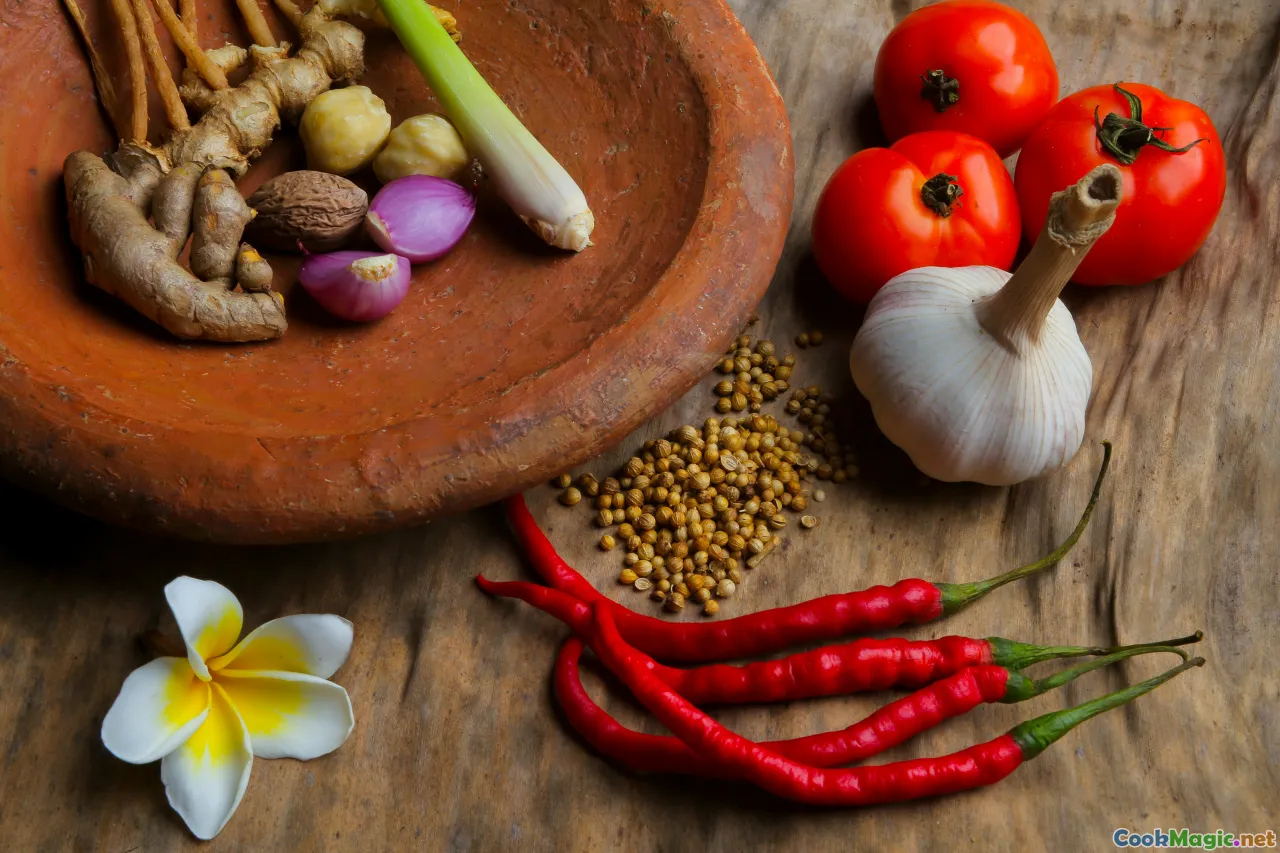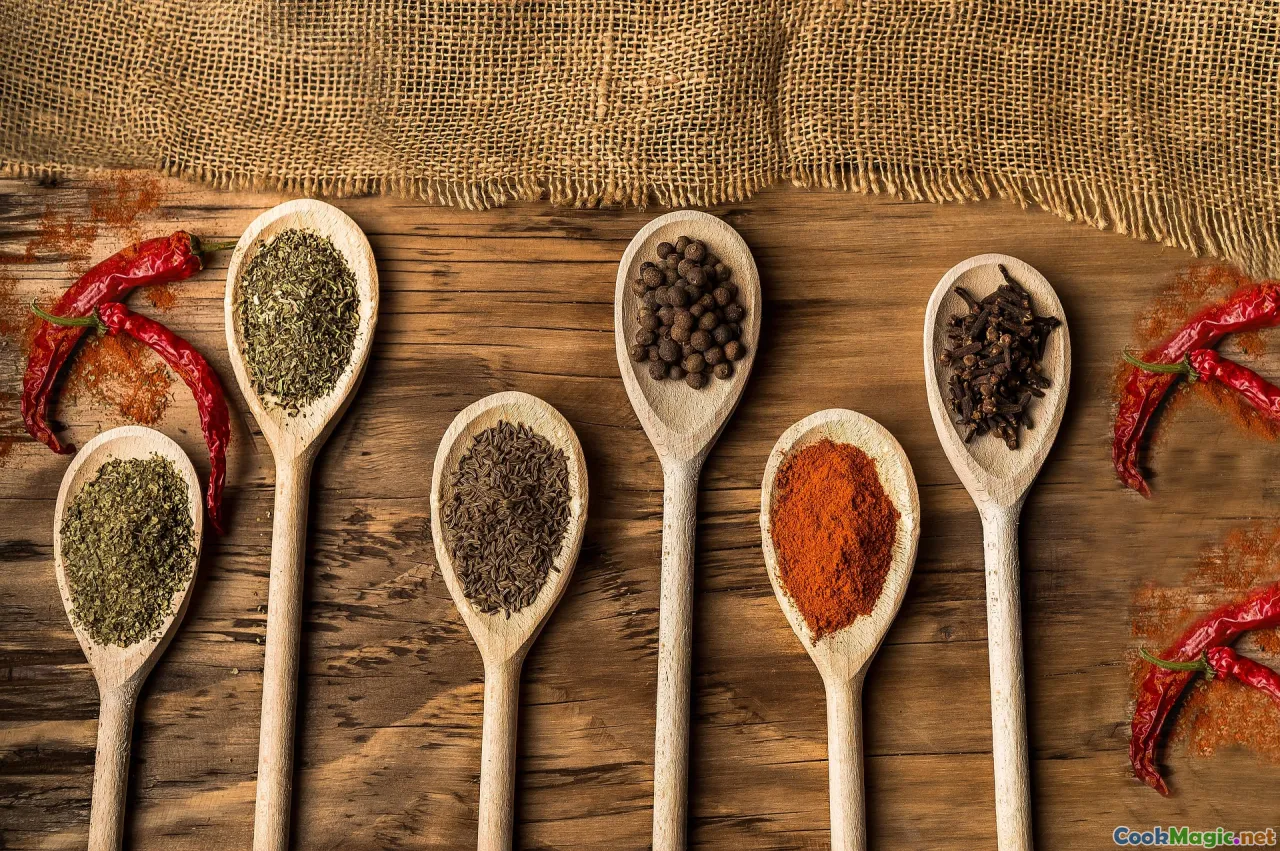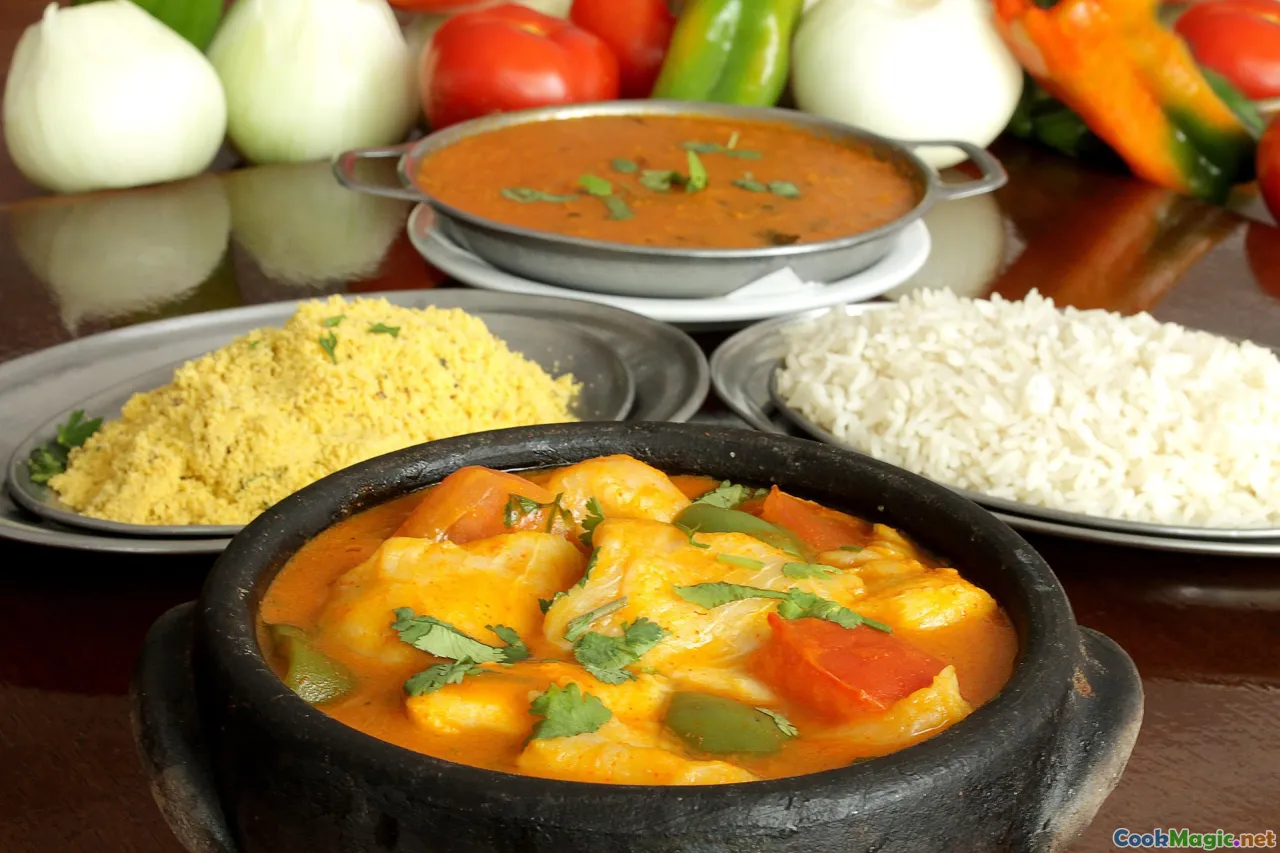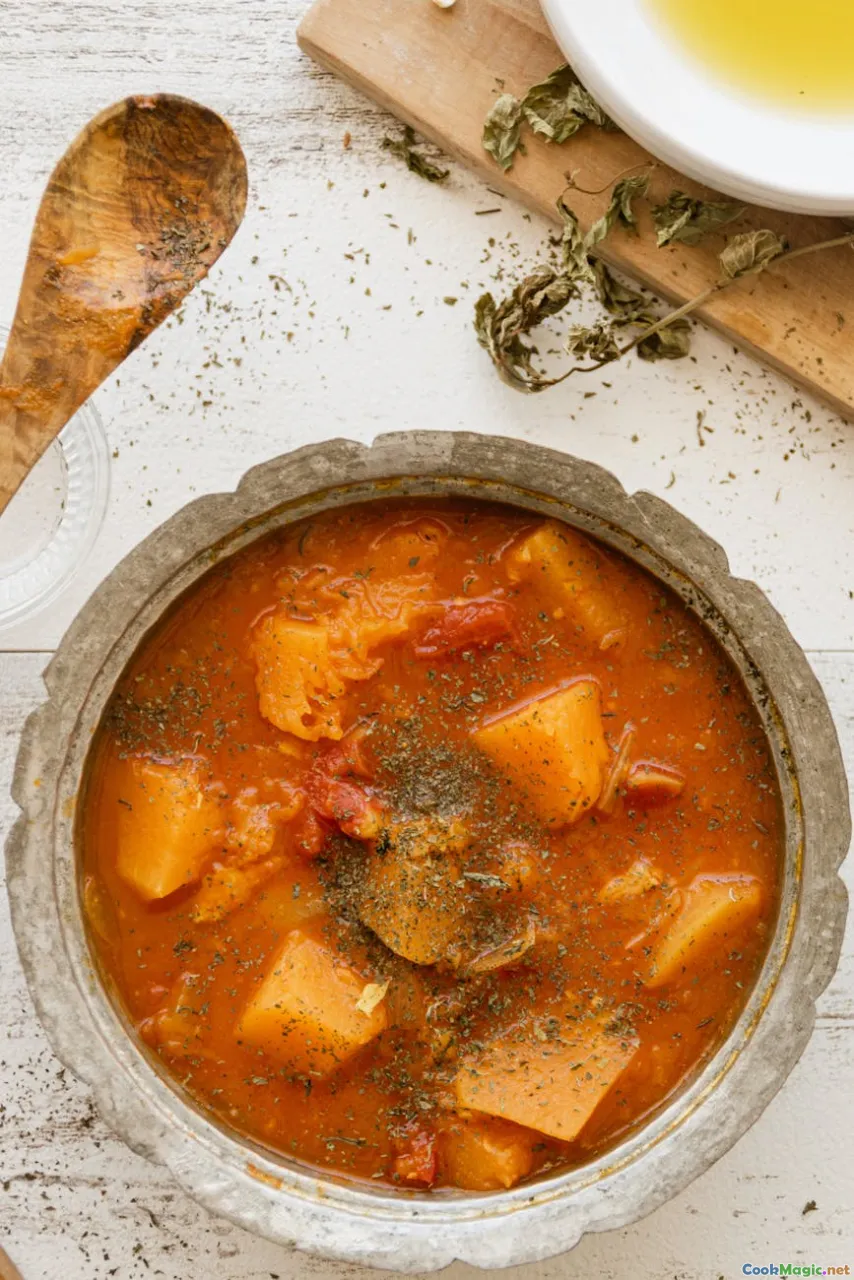Balancing Sweet and Spicy in Carapulcra Preparation
10 min read Explore techniques to harmonize sweetness and spiciness in authentic Carapulcra, enhancing depth of flavor in Peruvian culinary artistry. August 08, 2025 03:05
Balancing Sweet and Spicy in Carapulcra Preparation
Peruvian cuisine, with its vibrant history and rich cultural tapestry, offers a treasure trove of flavors that often dance on the palate in exciting ways. Among its most emblematic dishes is Carapulcra, a hearty and soulful stew rooted in Andean tradition. What makes Carapulcra especially captivating is the masterful balance of contrasting flavors—sweetness woven into a tapestry of spices, creating a dish that’s both comforting and exhilarating.
In this exploration, I invite culinary enthusiasts to dive into the art and science of balancing sweet and spicy elements in Carapulcra. From historical ties that inform its flavors to detailed techniques for achieving that perfect harmony, let’s uncover how Peruvian cooks elevate humble ingredients into a symphony of taste.
The Cultural Significance of Flavors in Peruvian Cuisine

Peruvian cuisine is a vibrant mosaic of indigenous Andes flavors, Spanish influences, African rhythms, and Asian notes. Central to this culinary identity is the nuanced use of flavor contrasts—where sweetness often complements, highlights, or tempers fiery spices.
Historically, Carapulcra originated as a rustic, sustaining dish among Andean communities, utilizing dried potatoes (papa seca) and pork. These shelf-stable, accessible ingredients naturally called for flavoring that could enhance their earthy tones. Over time, cooks began to add native sugar cane and chili peppers, culminating in the complex flavor profile that defines Carapulcra today.
Understanding this cultural backdrop helps us see that balancing sweetness and spiciness isn’t just a cooking technique—they are expressions of centuries of adaptation, reverence for local ingredients, and culinary storytelling.
Key Ingredients: The Flavor Foundations

To master the sweet-spicy balance, start with the foundational ingredients.
- Papa seca (dried potatoes): nutty and earthy, absorbing flavors while providing texture.
- Dried pork or other preserved meats: adding depth and savory richness.
- Chili peppers (like amarillo, rocoto, or ají limo): impart characteristic heat and fruity notes.
- Sweeteners: traditionally, brown sugar, panela, or even honey, which influence the dish’s final flavor.
- Aromatic spices: cumin, garlic, onion, and sometimes a hint of cinnamon or clove, which enhance complex layering.
The correct balance hinges on selecting and preparing these ingredients thoughtfully. For example, the sweetness should complement but not overpower the dried potatoes’ subtle earthiness, while the heat from chili peppers should awaken the senses without overwhelming the palate.
Technique Tips for Achieving the Perfect Balance

**1. Toasting and Grinding Spices:**Begin by lightly toasting native spices like cumin and chili peppers to develop depth. Grinding them fresh releases essential oils, boosting flavor influence.**2. Building a Base:**Sauté onions, garlic, and spices slowly to unlock natural sweetness before adding liquids. This layering process reduces the need for excess sugar later.**3. Adjusting Sweetness:**Add sweeteners gradually, tasting as you go. The goal is to enhance the chili’s fruity heat and add a subtle sweetness that rounds out, not dominates. Traditionally, panela sugar lends a caramel note, balancing the chili’s spice.**4. Controlling Spiciness:**Manage heat by choosing the right peppers and their prep—removing seeds reduces intensity. For a milder dish, incorporate a splash of milk or coconut milk, which can temper the chili’s fire.5. Tasting and Tweaking: Throughout the cooking process, taste frequently. A pinch more sugar can mellow intense heat, while a dash of chili powder increases warmth. Remember, residual heat continues to evolve the flavors even after removing from the stove.
A Personal Journey Through Style Variations

Every Peruvian cook has a signature way of balancing sweet and spicy in Carapulcra, shaped by regional ingredients and personal taste. In the highlands of Arequipa, for instance, a touch more sugar balances the fiery rocoto, creating a smoky sweetness that resonates with earthier potato varieties.
In Lima’s modern kitchens, chefs experiment by adding a splash of chicha de jora (corn beer) for acidity or infusing a hint of cinnamon, introducing subtle aromatic layers that interplay with heat and sweetness.
From personal experience, I recall a village cook in Cusco, who years ago taught me that a dash of local honey added just before serving can elevate the dish, enhancing the fruity notes of amarillos and calmed spicy undertones.
These variations highlight that balancing sweet and spicy is an art, dynamic and adaptable, rooted in tradition but open to creativity.
Practical Tips for Home Cooks

- Start small: Use a restrained amount of chili—it's easier to increase heat than to tone it down.
- Use natural sweeteners: Honey, panela, or even molasses add depth; avoid overly processed sugars that may overpower.
- Incorporate acid: A splash of lime or vinegar can brighten flavors and assist in balancing spice with sweetness.
- Rest and revisit: Let the stew rest after cooking; flavors meld, and adjustments can be made upon reheating.
- Experiment: Record your ratios and techniques, and don’t hesitate to adjust according to your palate—Peruvian cuisine encourages personal expression.
The Emotional and Sensory Impact of Flavors
Every spoonful of Carapulcra is a journey. The spicy warmth awakens your senses, reminiscent of Andean mountain breezes and lively markets—a fiery kick that makes your cheeks flush. The honeyed sweetness, meanwhile, soothes and balances, evoking feelings of comfort, familial bonds, and centuries-old traditions.
Smelling the simmering stew, you catch whispers of garlic, chili, and caramelized sugar—a fragrant call to gather around a steaming bowl with loved ones. Visually, the vibrant red of chili stands out against the pale, rugged dried potatoes, a feast that signals passion and history.
This interplay of flavors isn’t merely benign; it’s an emotional anchor, connecting us to past generations and their resourceful ingenuity.
Final Reflection: Embracing the Harmony of Sweet and Spicy
Crafting the ideal Carapulcra with a perfect balance of sweetness and spice is akin to orchestrating a culinary symphony—each component must harmonize, elevate, and enrich the whole. It’s about respecting the ingredients’ natural qualities while guiding them toward a flavorful dialogue.
In embracing this balance, we honor centuries of Andean ingenuity and the universal language of taste. Whether you favor a subtly spiced broth kissed with just a hint of cinnamon or a boldly fiery, honey-sweetened stew, remember that the art lies in tuning these elements to your personal palate.
So, gather your ingredients, trust your senses, and relish the adventure of creating a dish that captures the soul of Peruvian tradition while celebrating your culinary individuality. The journey to balance is, after all, the heart of every great chef’s craft—and every great dish.*









